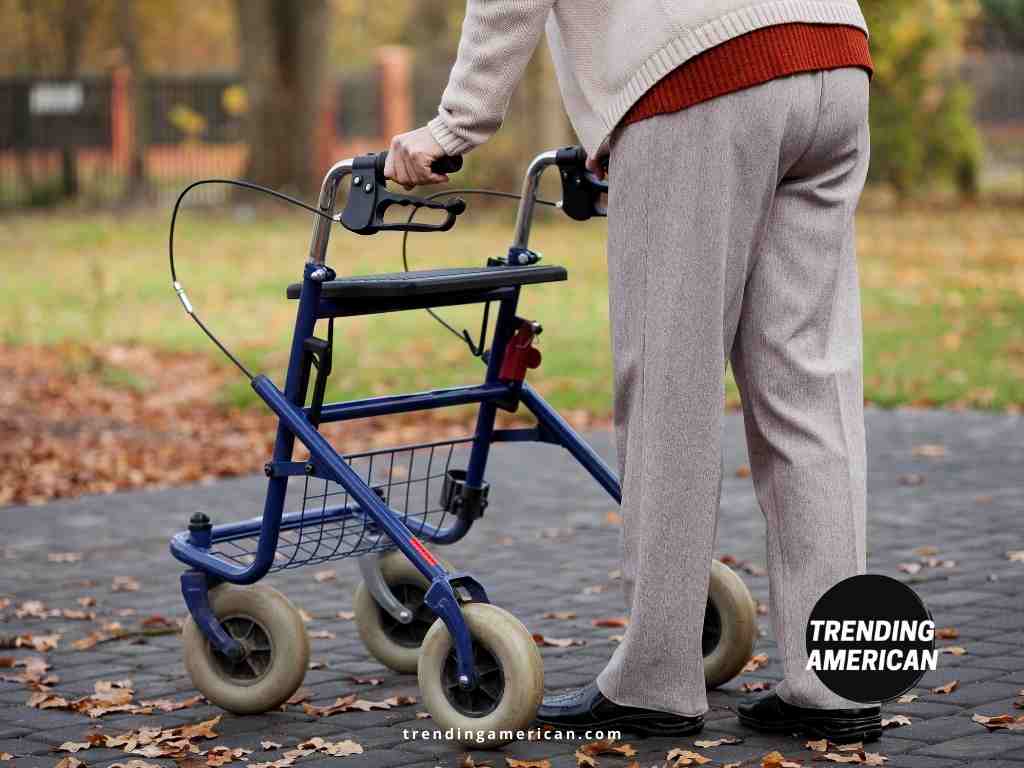A Guide to Different Types of Walkers
There are many different types of walkers on the market today, and it can be difficult to decide which one is right for you or a loved one. In this blog post, we will take a look at some of the most popular types of walkers and discuss the benefits and drawbacks of each one. So whether you are looking for a traditional walker, a rollator, or something else entirely, read on for information that will help you make the best decision possible!
- Standard
Standard walkers for seniors are made of aluminum tubing and have plastic handgrips. They have two legs with casters on the front and rear. The walker is placed in front of the user, who then grasps the handgrips and lifts the walker forward. The walker is moved until it is a few inches ahead of the toes, and then the user takes a step. Standard walkers for seniors usually have four casters, but some models have three casters. Most standard walkers for seniors have adjustable handgrips and height settings.
For seniors who struggle with mobility, a standard walker can be a godsend. These devices provide support and stability, allowing users to move around without fear of falling. However, standard walkers can also be difficult to use, as they require users to lift the device off the ground with each step.
- Two Wheels
For seniors, the decision of whether or when to purchase a walker is not always an easy one. On the one hand, walkers can provide much-needed support and stability, preventing falls and helping to preserve independence. On the other hand, they can be bulky and difficult to maneuver, and some seniors feel that they are a sign of weakness. Ultimately, the decision of whether or not to use a walker should be made on an individual basis, in consultation with a doctor or physical therapist.
However, for many seniors, a standard walker is the best option. Standard walkers typically have four legs, with two wheels attached to the front legs and rubber stoppers on the back legs. This design makes them more stable than rolling walkers, and they are also easier to lift over thresholds and curbs. In addition, standard walkers tend to be less expensive than their rolling counterparts. For seniors who are looking for a balance of affordability, stability, and maneuverability, a standard walker is often the best choice.
- Rollators
For seniors who want or need additional support when walking, a rollator walker can be a great option. These devices typically have four wheels, a frame for support, and brakes that can be engaged when necessary. Rollators also usually have a built-in seat, which can be helpful for resting when needed. Most importantly, rollators provide greater stability than traditional walkers, making them ideal for seniors who are at risk of falling. There are a variety of different rollator models on the market, so it is important to choose one that is the right size and weight for the individual user. With proper use, a rollator can help seniors stay active and independent.
Benefits Of Walkers
For seniors, the loss of mobility can be a major setback. Not being able to get around easily can lead to feelings of isolation and depression. In addition, it can make it difficult to perform basic tasks like bathing or cooking. Walkers can help seniors regain their independence and improve their quality of life. By providing support and stability, walkers enable seniors to move more freely and safely. They also give seniors the chance to socialize and interact with the world outside their homes. As a result, walkers can play an important role in promoting the health and well-being of seniors.







